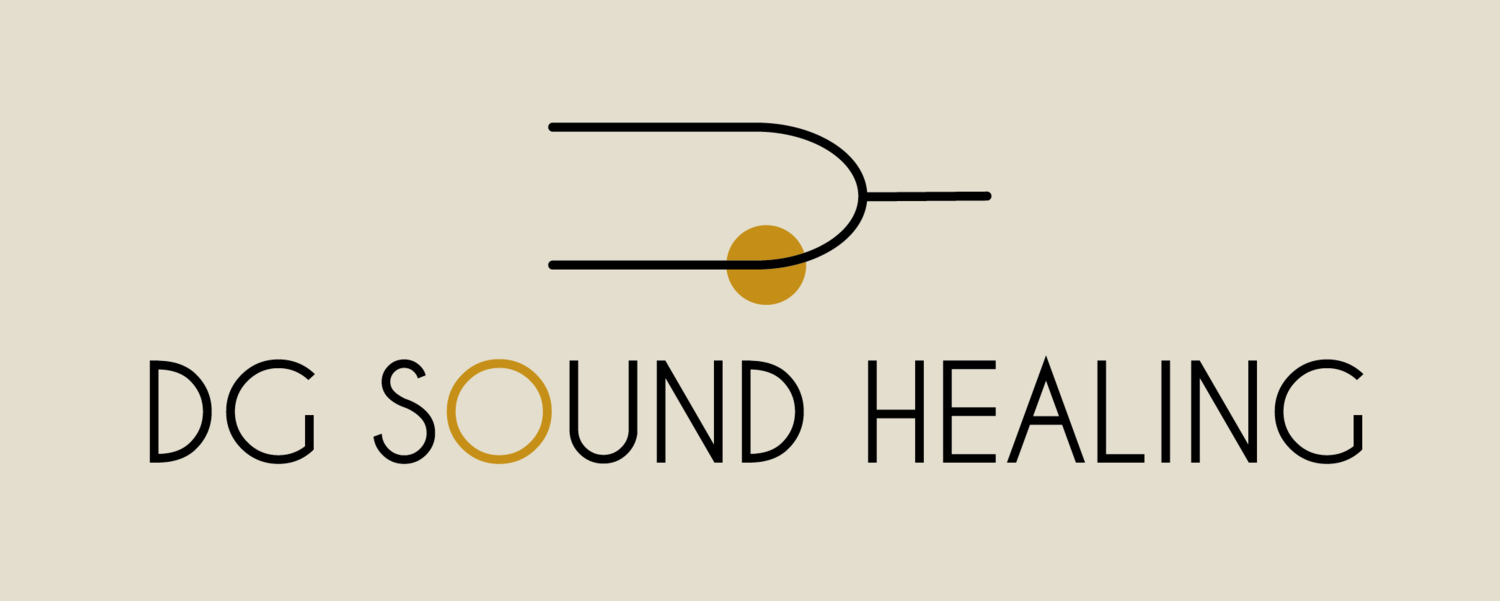How Sound Therapy Aids Trauma Recovery
Sound therapy for trauma is rapidly gaining traction as a powerful, non-invasive approach to emotional and physical healing. Across centuries and cultures—from Tibetan singing bowls to Aboriginal didgeridoos—sound healing has been used to restore balance and well-being. Today, modern science is catching up, and therapists are incorporating sound into holistic trauma recovery practices.
In this article, we’ll explore how sound healing therapy supports trauma recovery, the benefits it offers, and how to get started safely and effectively.
What Is Sound Healing?
Sound healing is a therapeutic practice that uses vibration, frequency, and resonance to promote emotional and physical wellness. Techniques include:
• Tibetan singing bowls
• Tuning forks
• Drumming and rhythm-based therapy
• Vocal toning and chanting
• Binaural beats and sound baths
These sound frequencies interact with the brain and body, helping to regulate the nervous system and facilitate deep emotional processing—especially for individuals healing from trauma.
How Sound Therapy Helps Heal Trauma
Trauma often lives not just in the mind but in the body. Somatic therapies, like sound healing, target trauma stored in the nervous system and physical tissues. Here’s how sound therapy for trauma works:
1. Disrupts Stuck Trauma Patterns
Trauma can lock the nervous system into cycles of hyper-vigilance (fight-or-flight) or dissociation (freeze). Sound vibrations help interrupt these loops and encourage the formation of new, healthier neural pathways.
2. Regulates the Nervous System
Specific frequencies can help shift the body from a sympathetic (stress) response to a parasympathetic (rest-and-digest) state, allowing for calm, safety, and healing.
3. Reconnects Mind and Body
Many trauma survivors feel disconnected from their bodies. Sound waves, felt physically, can gently reintroduce body awareness without overwhelm, promoting embodiment and emotional integration.
Key Benefits of Sound Healing for Trauma Recovery
1. Non-Verbal Emotional Processing
For those who find talk therapy triggering or ineffective, sound therapy offers an alternative. It allows the body to process trauma without requiring verbal expression, which can reduce anxiety and resistance.
2. Creates a Sense of Safety and Grounding
Repetitive, predictable rhythms—like steady drumming—can help establish a sense of safety. Physical vibrations ground individuals in the present moment, reducing dissociation and promoting presence.
3. Releases Stored Emotional Energy
Certain tones and frequencies can help unlock emotional blockages stored in the body. This leads to gentle release, offering relief without re-traumatization.
4. Enhances Sleep and Relaxation
Trauma survivors often struggle with sleep. Tools like binaural beats for sleep can entrain brainwaves to delta or theta frequencies, improving sleep quality and aiding overnight recovery.
5. Complements Traditional Trauma Therapy
Sound healing pairs well with evidence-based approaches like EMDR, Somatic Experiencing, or CBT. It prepares the nervous system for deeper work and often enhances the results of conventional therapy.
How to Get Started with Sound Healing for Trauma
If you’re considering sound healing for trauma recovery, here are a few beginner-friendly steps:
• Start with recorded sound sessions: Binaural beats or guided sound baths can be found online or through wellness apps.
• Explore gentle modalities: Singing bowls and nature sounds are great starting points.
• Seek trauma-informed practitioners: Look for sound healers who understand trauma sensitive approaches.
• Move at your own pace: Healing isn’t linear. Give your body time to respond and integrate the effects.
Pro Tip: Sound healing should be seen as a complementary practice—not a replacement—for professional mental health care. If you’re navigating complex or severe trauma, consult a licensed therapist or trauma specialist.
Final Thoughts: The Power of Sound in Healing Trauma
Sound therapy offers a unique, gentle pathway for healing trauma. By working directly with the body’s natural resonance and bypassing the need for verbal processing, sound healing creates the conditions for safety, integration, and profound transformation.
Whether used on its own or alongside traditional therapy, sound healing can play a valuable role in your trauma recovery journey—one vibration at a time. Your healing matters, Contact us today!


